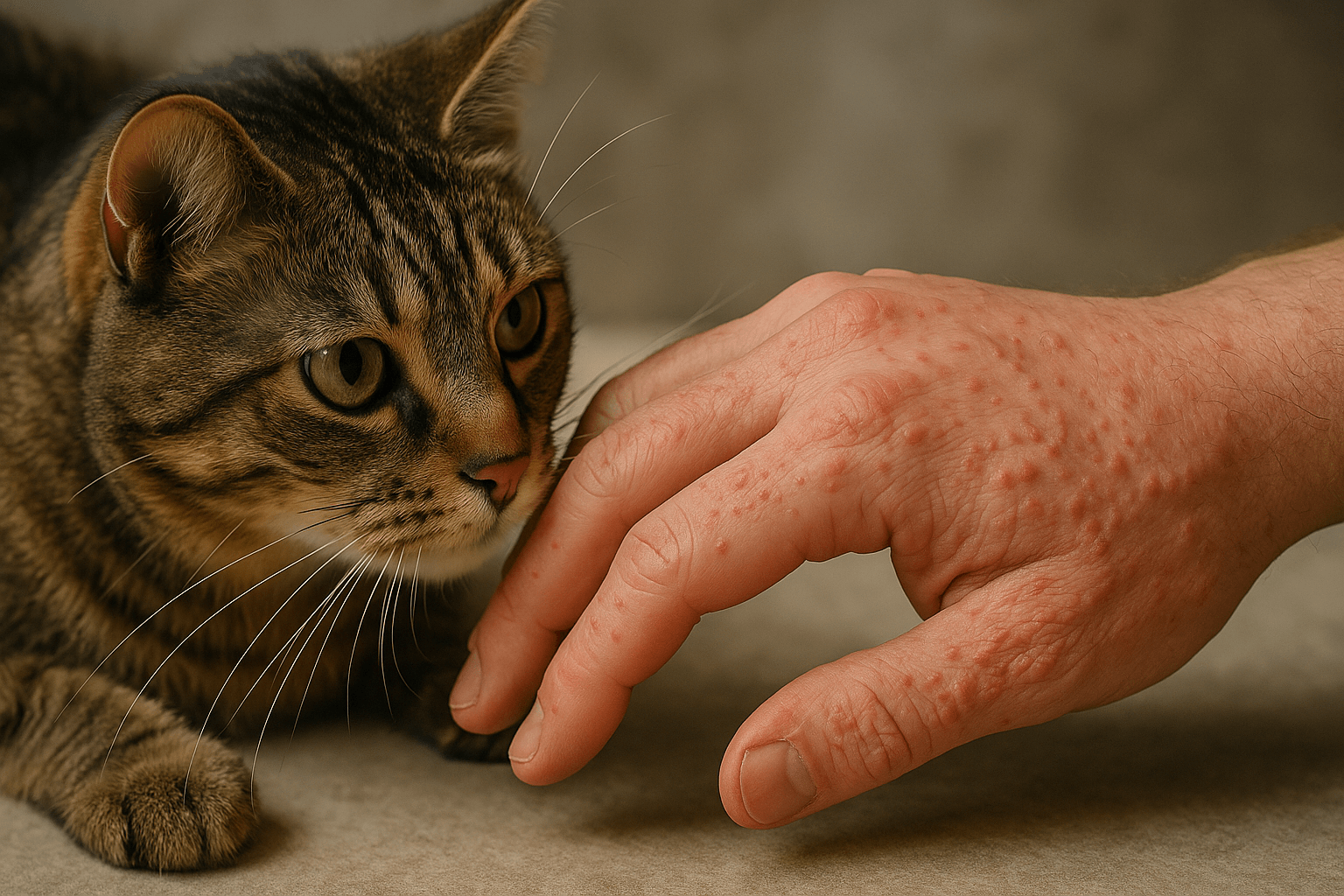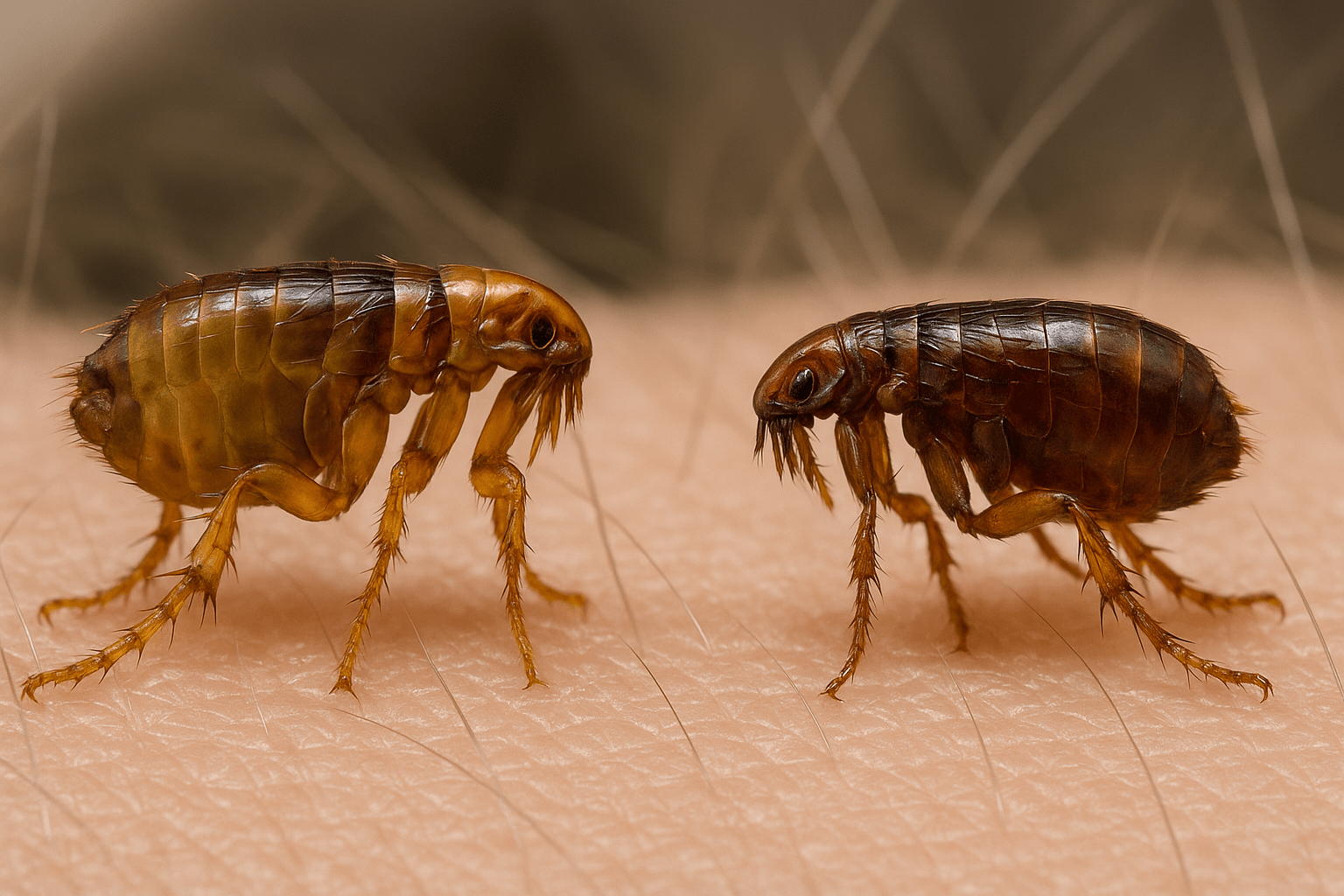Cat Threw Up White Worm: What You Need to Know
Finding a white worm in your cat’s vomit can be alarming, but it’s important to stay calm and assess the situation. This unsettling discovery often indicates the presence of intestinal parasites, which are more common in cats than many pet owners realize. Parasites like roundworms, tapeworms, or other worms can infect your cat’s digestive system, leading to symptoms such as vomiting, diarrhea, or weight loss. While it may seem daunting, identifying and treating these issues is manageable with the right knowledge and veterinary guidance. In this guide, we’ll explore what it means if your cat threw up a white worm, how to address the problem, and steps to prevent future infections.
Common Types of Worms That Cats Can Vomit
If your cat threw up a white worm, it could belong to one of several common parasitic species. Understanding the type of worm involved can help you and your veterinarian determine the best course of action. Here are some possibilities:
Roundworms : These spaghetti-like worms are common in cats and can appear in vomit or feces. They’re often contracted through contaminated soil or prey animals.
Tapeworms : Tapeworm segments resemble grains of rice and may occasionally be found in vomit. Fleas are a common source of tapeworm infections.
Hookworms : Though less likely to be vomited up, hookworms can cause severe anemia and gastrointestinal distress if left untreated.
Whipworms : These small, thread-like worms primarily affect the large intestine and are less commonly seen in vomit.
Lungworms : While typically found in the respiratory system, lungworms can sometimes migrate and appear in vomit during severe infestations.
Identifying the specific type of worm is crucial for effective treatment and prevention of reinfection.
Signs Your Cat May Have Worms
While finding a white worm in your cat’s vomit is a clear indicator of a parasitic infection, other signs may accompany this issue. Recognizing these symptoms early can help you seek treatment promptly.
Vomiting or Coughing : Cats with worms may vomit, cough, or retch due to irritation in their digestive or respiratory tracts.
Diarrhea or Constipation : Changes in bowel movements, especially if accompanied by visible worms, are common signs of infestation.
Weight Loss : Despite a normal appetite, cats with worms may lose weight due to nutrient depletion caused by the parasites.
Bloated Abdomen : Kittens and smaller cats may develop a pot-bellied appearance due to a heavy worm burden.
Visible Worms in Feces : Worms or worm segments may appear in your cat’s stool, often resembling grains of rice or spaghetti.
If you notice any of these signs, consult your veterinarian to confirm the diagnosis and begin treatment.
Check this guide 👉Why Does My Cat Throw Up After Eating Dry Food? Best 7 Tips!
Check this guide 👉Why Does My Cat Throw Up After Eating Wet Food? Best 7 Tips!
Check this guide 👉Why Is My Cat Throwing Up Undigested Food? Best 7 Tips!

Symptoms of Worm Infestation in Cats | Possible Causes of Worm Infestation |
|---|---|
Vomiting or regurgitating worms | Ingestion of fleas or infected prey |
Diarrhea or bloody stools | Contaminated food or water sources |
Weight loss despite normal eating | Contact with infected feces |
Bloated or swollen abdomen | Exposure to contaminated environments |
Visible worms in vomit or feces | Mother-to-kitten transmission (roundworms) |
How to Treat Worms in Cats
Treating worms in cats requires veterinary intervention to ensure the correct medication is administered. Here are some steps and considerations for addressing the issue:
Visit the Vet : Schedule an appointment to confirm the type of worm and receive a tailored treatment plan.
Deworming Medication : Veterinarians often prescribe oral or topical dewormers that target specific parasites effectively.
Repeat Treatments : Some medications require multiple doses over weeks to eliminate all life stages of the worms.
Flea Control : Since fleas can transmit tapeworms, maintaining a regular flea prevention routine is essential.
Monitor Recovery : Keep an eye on your cat’s symptoms and report any concerns to your vet during follow-up visits.
Proper treatment not only eliminates the current infestation but also reduces the risk of reinfection.
Preventing Worm Infestations in Cats
Prevention is key to keeping your cat healthy and free from parasitic infections. Here are some strategies to minimize the risk of worms:
Regular Deworming : Schedule routine deworming treatments, especially for outdoor or hunting cats.
Flea Prevention : Use vet-recommended flea control products to break the cycle of tapeworm transmission.
Clean Food and Water Bowls : Ensure your cat’s feeding area is clean and free from contaminants.
Avoid Raw Diets : Feeding raw meat increases the risk of parasite exposure; opt for cooked or commercial diets instead.
Practice Good Hygiene : Wash your hands after handling your cat’s waste and dispose of litter regularly to reduce contamination risks.
By taking these preventive measures, you can protect your cat from future worm infestations.
Debunking Myths to Better Understand Worm Infestations
There are several misconceptions about worms in cats that can lead to confusion or improper treatment. By addressing these myths, you can take a more informed approach to your cat’s health.
Myth: Indoor Cats Can’t Get Worms : Even indoor cats can contract worms through fleas, contaminated food, or other pets.
Myth: Deworming Once is Enough for Life : Worms can reinfect cats, so regular deworming is necessary, especially for outdoor or hunting cats.
Myth: Worms Are Only Dangerous in Large Numbers : Even a small number of worms can cause significant health issues if left untreated.
Myth: All Worms Are Visible in Vomit or Feces : Some worms, like hookworms, may not be visible to the naked eye but can still harm your cat.
Myth: Over-the-Counter Medications Work for All Worms : Not all dewormers target every type of worm, which is why veterinary guidance is essential.
By understanding these misconceptions, you can make better decisions about your cat’s care and avoid unnecessary risks.
Practical Steps to Prevent Parasites in Your Household
Preventing worms from spreading in your home requires a combination of hygiene practices and environmental management. Here are some tips to keep your living space parasite-free:
Clean the Litter Box Daily : Regularly dispose of feces to reduce the risk of contamination and worm transmission.
Wash Bedding and Toys : Clean your cat’s bedding, toys, and grooming tools frequently to eliminate any potential parasites.
Vacuum Regularly : Vacuum carpets, rugs, and furniture to remove flea eggs or larvae that could transmit tapeworms.
Avoid Contact with Stray Animals : Discourage interactions between your cat and stray animals that may carry parasites.
Quarantine New Pets : If you bring a new pet into your home, ensure they are dewormed and flea-free before introducing them to your cat.
By maintaining a clean and controlled environment, you can significantly reduce the risk of worms affecting your household.
Recognizing Situations That Require Immediate Attention
While many cases of worm infestations can be managed with routine veterinary care, some situations demand urgent attention. Here are signs that you should seek emergency help for your cat:
Severe Vomiting or Diarrhea : Persistent vomiting or diarrhea, especially with blood, indicates a serious health issue.
Lethargy or Weakness : A cat that is unusually tired, unresponsive, or unable to stand may be suffering from advanced parasitic infection.
Visible Weight Loss or Muscle Wasting : Rapid weight loss despite eating normally can signal a severe nutrient depletion caused by worms.
Difficulty Breathing : Worms like lungworms can cause respiratory distress, requiring immediate medical intervention.
Swollen Abdomen in Kittens : A bloated belly in kittens may indicate a heavy worm burden that needs urgent treatment to prevent complications.
If your cat exhibits any of these symptoms, don’t delay seeking veterinary care. Early intervention can make all the difference in their recovery.
Frequently Asked Questions About Cats Throwing Up White Worms
Is it normal for cats to throw up worms?
While not “normal,” it’s a sign of a parasitic infection that requires prompt veterinary attention.
Can I treat my cat’s worms without a vet?
Over-the-counter dewormers exist, but they may not target the specific worm affecting your cat. A vet visit ensures proper treatment.
How did my indoor cat get worms?
Indoor cats can contract worms through fleas, contaminated food, or exposure to other pets carrying parasites.
Are worms dangerous for my cat?
Yes, severe infestations can lead to malnutrition, anemia, or even death if left untreated.
Can worms spread to humans?
Some parasites, like roundworms, can infect humans, making it crucial to address the issue promptly and practice good hygiene.
Protect Your Cat’s Health by Addressing Worm Infestations
Discovering that your cat threw up a white worm is understandably concerning, but it’s a manageable issue with the right approach. By recognizing the signs, seeking veterinary care, and implementing preventive measures, you can ensure your feline companion remains healthy and parasite-free. Regular check-ups, good hygiene, and responsible pet care go a long way in safeguarding your cat against future infestations. Remember, a proactive approach not only benefits your cat but also protects your household from potential health risks. With love and care, you can keep your furry friend thriving for years to come.
Canned Pumpkin for Cat Diarrhea: Best 7 Expert Tips! Natural remedy to firm stools, soothe upset bellies, and support gut health safely.
Can a Cat Give You Scabies? Best 7 Expert Tips! Discover the truth about feline mites, human skin risks, and how to protect yourself—without panic.
Cat Flea vs Human Flea: Best 7 Expert Tips! Discover the truth about bites, species, and how to eliminate infestations for good.
Weird Cat Behaviors: Best 7 Expert Tips! Discover why cats do strange things—and how to understand, not punish, their instincts for a happier home.





